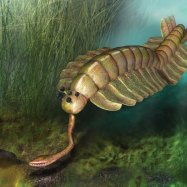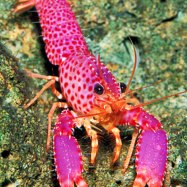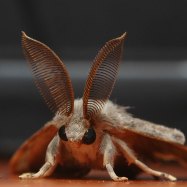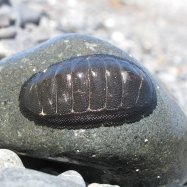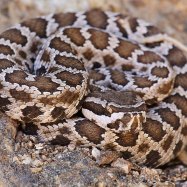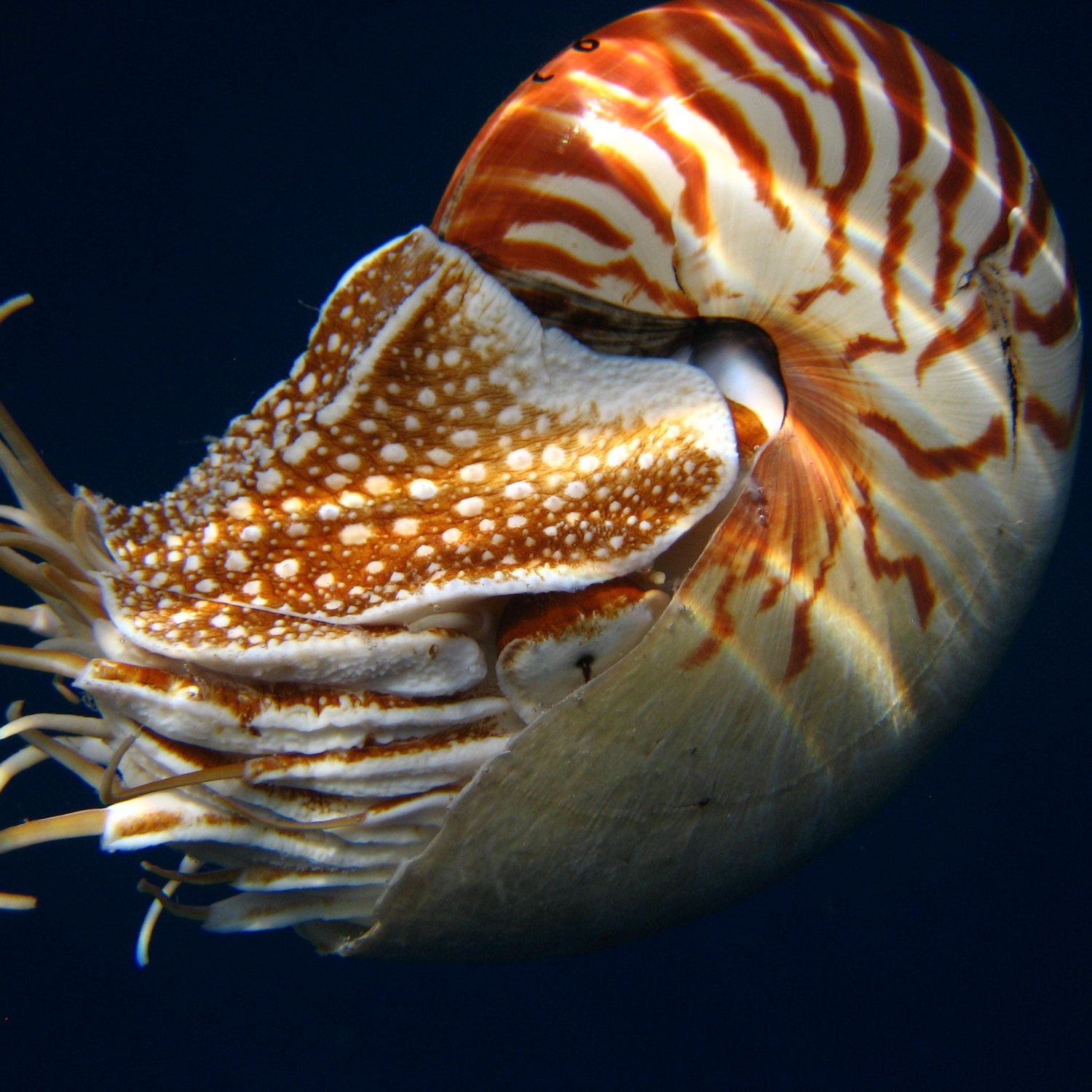
Nautilus
20 to 26 cm
Discover the fascinating world of the nautilus, a unique marine creature that calls coral reefs home. With a coiled shell, measuring 20 to 26 cm, and tentacles, it's no wonder the nautilus belongs to the Nautilidae family. So next time you explore the ocean, keep an eye out for this beautiful animal and add it to your list of must-see creatures! #nautilus #coralreef #marineanimals
Animal Details Summary:
Common Name: Nautilus
Kingdom: Animalia
Habitat: Oceanic
The Mystical Nautilus: A Closer Look at the Ocean’s Ancient Amazement
The deep blue of the ocean hides many secrets and mysteries, one of which is the ancient creature known as the Nautilus. With its coiled shell and mesmerizing tentacles, this creature has captured the imagination of scientists and writers alike. But what exactly is a Nautilus? In this article, we will dive into the world of this unique cephalopod and uncover its many remarkable features.Ancient Origins
The Nautilus, also known by its scientific name Nautilus pompilius, belongs to the Kingdom Animalia and Phylum Mollusca Nautilus. It is a member of the class Cephalopoda, which includes other creatures such as squids, octopuses, and cuttlefish. However, what sets the Nautilus apart is its ancient lineage, dating back to over 500 million years ago. With this long history, the Nautilus has managed to survive and thrive in the ever-changing marine environment.Appearance and Body Structure
The unique appearance of the Nautilus is what makes it stand out from other creatures in the ocean. Its body is encased in a beautifully coiled shell, which provides protection and stability. The shell is divided into chambers, with the Nautilus living in the largest one. As the creature grows, it adds more chambers to its shell, making it larger and heavier. The average length of a Nautilus is between 20 to 26 cm, but some have been known to grow up to 35 cm.The Nautilus also has up to 90 tentacles, which are used for various purposes, including movement, sensing prey, and manipulating objects Nightjar. These tentacles are retractable, which allows the Nautilus to pull them back into its shell when needed. The shell and tentacles of the Nautilus are usually white with brown stripes, providing camouflage against predators and prey.
Habitat and Distribution
The Nautilus is primarily found in the Pacific Ocean, ranging from the coast of Japan to Australia. However, they can also be found in the Indian Ocean, specifically in the waters around the Philippines. They are typically found in deep waters, ranging from 100 meters to 500 meters. The Nautilus prefers coral reef habitats, where they can easily find prey and protection. They are also known to migrate to shallower waters during breeding season.Carnivorous Diet
As a member of the class Cephalopoda, it is no surprise that the Nautilus is a carnivore. Its primary food source is small fish, crustaceans, and other marine invertebrates. The Nautilus uses its tentacles to grab and manipulate its prey before devouring it with its sharp beak. They are also known to scavenge food from the ocean floor, using their strong sense of smell to locate dead or dying animals.Adaptations for Survival
The Nautilus has evolved over millions of years to have unique adaptations to survive in the ever-changing ocean. Its shell provides protection from predators and aids in buoyancy control. The Nautilus can also regulate the amount of gas in its chambers, allowing it to control how deep it dives. Its large, heavily calcified shell also allows it to sink to the bottom of the ocean when needed.The tentacles of the Nautilus are also highly specialized for survival. They have suction cups, which aid in holding onto and manipulating prey. The tentacles also have chemoreceptors, allowing the Nautilus to sense chemicals released by its prey. Its eyesight is also highly developed, with the ability to see in low light conditions.
Mysterious Reproduction
The reproduction process of the Nautilus is still a mystery to scientists. It is believed that they are either hermaphrodites or have separate sexes, with females laying eggs in batches of up to 60. Once the eggs hatch, the young Nautiluses are fully formed and miniature versions of their parents. They have a slow growth rate, taking up to 15 years to mature and can live up to 20 years.Threats and Conservation Efforts
The Nautilus has been around for millions of years, surviving mass extinction events. However, they are facing threats from human activities, including overfishing and habitat destruction. The slow growth rate and low reproductive rate make them vulnerable to population declines. The International Union for Conservation of Nature (IUCN) lists the Nautilus as a near-threatened species and calls for conservation efforts to protect these ancient creatures.Conclusion
The Nautilus is truly a fascinating creature, with a long history and unique features that have allowed it to thrive for millions of years. Its coiled shell, mesmerizing tentacles, and highly specialized adaptations make it a wonder of the ocean. As we continue to explore and learn more about the ocean, let us remember to protect and preserve these incredible creatures for generations to come.

Nautilus
Animal Details Nautilus - Scientific Name: Nautilus pompilius
- Category: Animals N
- Scientific Name: Nautilus pompilius
- Common Name: Nautilus
- Kingdom: Animalia
- Phylum: Mollusca
- Class: Cephalopoda
- Order: Nautilida
- Family: Nautilidae
- Habitat: Oceanic
- Feeding Method: Carnivorous
- Geographical Distribution: Pacific Ocean
- Country of Origin: Various
- Location: Coral reef habitats
- Animal Coloration: White with brown stripes
- Body Shape: Coiled shell with tentacles
- Length: 20 to 26 cm
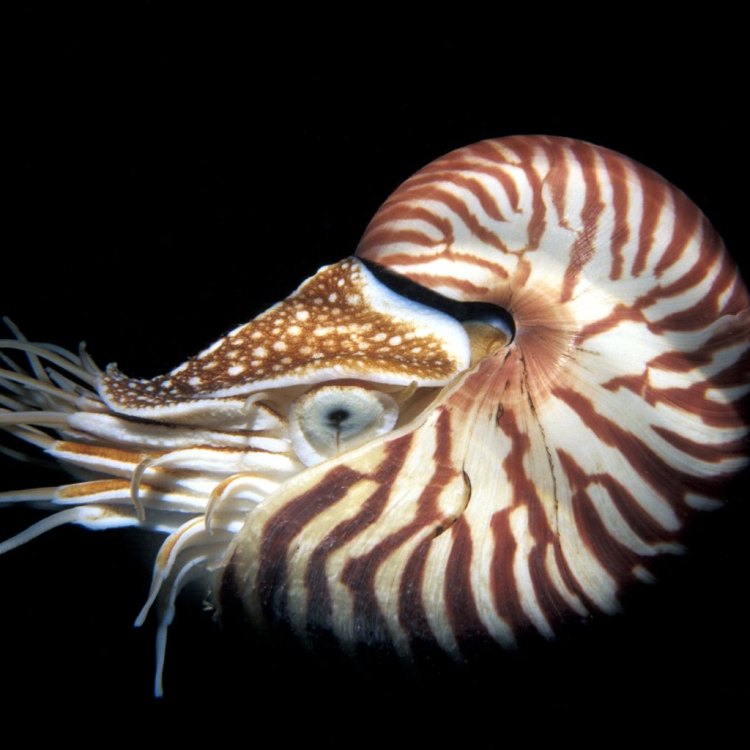
Nautilus
- Adult Size: 20 to 26 cm
- Average Lifespan: 20 years
- Reproduction: Sexual
- Reproductive Behavior: Internal fertilization
- Sound or Call: No
- Migration Pattern: None
- Social Groups: Solitary
- Behavior: Nocturnal
- Threats: Overfishing, habitat destruction
- Conservation Status: Data Deficient
- Impact on Ecosystem: Role as a scavenger and predator
- Human Use: Ornamental trade, shell collecting
- Distinctive Features: Coiled shell, tentacles with sucker discs
- Interesting Facts: Nautiluses are considered living fossils and have been around for over 500 million years.
- Predator: Sharks, large fish, octopuses
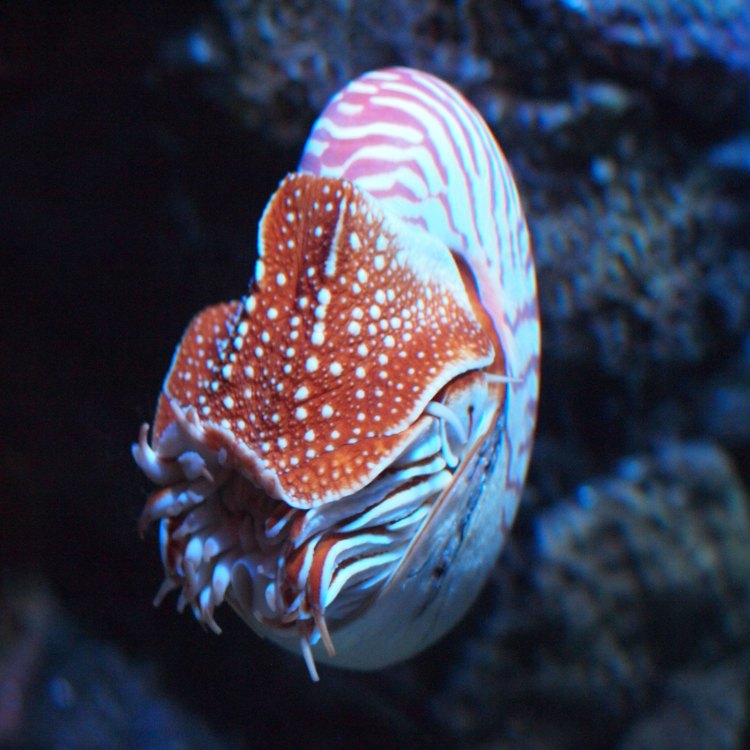
Nautilus pompilius
The Fascinating World of the Nautilus: A Living Fossil of the Sea
The ocean is home to some of the most mesmerizing and mysterious creatures on our planet, and the Nautilus is no exception. With its distinctive coiled shell and intriguing tentacles, it is a creature that captures the imagination and sparks curiosity. But there is more to this creature than meets the eye. From its unique features to its role in the ecosystem, the Nautilus is a fascinating creature that has survived for millions of years, and yet, is barely understood PeaceOfAnimals.Com.Adult Nautiluses, also known as chambered nautiluses, are typically 20 to 26 centimeters in size. They have a distinct coiled shell that is divided into separate internal chambers. These chambers are filled with gas, which allows the Nautilus to control its buoyancy and move up or down in the water column. This ability to control its movements and float effortlessly in the water is one of the unique features of the Nautilus.
But what makes this creature truly remarkable is its lifespan. The average lifespan of a Nautilus is an astonishing 20 years. This is a very long lifespan for a mollusk, and it is believed that they can live for up to 30 years in the wild. This long lifespan is also one of the reasons why the Nautilus is considered a living fossil.
Yes, you read that right Northern Water Snake. A living fossil. It is believed that the Nautilus has been around for over 500 million years, which makes it one of the oldest living creatures on our planet. This means that these creatures have survived mass extinctions, ice ages, and other drastic changes in the Earth's climate. They truly are a living link to our past and a testament to the beauty and resilience of nature.
Despite being around for millions of years, we still have a lot to learn about the Nautilus. One of the reasons for this lack of understanding is their reproductive behavior. The Nautilus reproduces sexually, but the specifics of their mating and egg-laying behaviors are still a mystery. Researchers believe that they exhibit internal fertilization, where the female lays her eggs inside the male's tube-like organs, known as siphuncles. However, this has not been observed in the wild, and more research is needed to fully understand their reproductive behavior.
Another interesting fact about the Nautilus is that they have no sound or call. Unlike other marine creatures like dolphins or whales, the Nautilus does not use vocalizations to communicate. This could be because they are solitary creatures, with no social groups or interactions. They are known to be quite solitary, only coming together to mate or eat. This nocturnal behavior, along with their solitary nature, makes it challenging to study them in their natural habitat.
Speaking of their habitat, Nautiluses can be found in the deep waters of the Indo-Pacific oceans. They prefer to live in the deep sea at depths of 200 to 600 meters, but they can also be found at shallower depths of around 15 meters. They have no migration patterns and stay in the same location unless threatened or searching for a mate.
Unfortunately, the Nautilus is facing numerous threats in their natural habitat. Overfishing is the biggest threat to their survival. These creatures are caught for their meat, which is considered a delicacy in some countries, and also for their shells, which are highly coveted in the ornamental trade and used for collecting and decorating. The demand for their shells has led to a significant decline in their populations, and they are now considered to be Data Deficient on the IUCN Red List, with their conservation status being unknown.
The destruction of their habitat is also a significant threat to the Nautilus. As they prefer to live in the deep sea, they are often caught as bycatch in fishing nets, and their delicate habitats are destroyed by bottom trawling. This not only directly affects the Nautilus, but it also has an indirect impact on the ecosystem.
So, what role does the Nautilus play in the ecosystem? As a scavenger and predator, they play a vital role in maintaining the balance of the deep-sea environment. They feed on dead organisms and act as natural cleaners by consuming debris and waste. They also prey on small marine creatures like crustaceans and squid, keeping their populations in check. Without the Nautilus, the deep-sea ecosystem could face significant disruptions, leading to a domino effect on other species.
But it's not just their role in the ecosystem that makes the Nautilus valuable. They also have an important role in human use. The Nautilus is a popular ornamental trade item, with their shells being used for decoration, jewelry and are highly sought after by shell collectors. These shells can fetch high prices in the market, leading to overexploitation and endangerment of this species.
But perhaps, the most peculiar fact about the Nautilus is their natural predator – sharks, large fish, and octopuses. These creatures are found in the deep sea, where there are few predators, yet they have managed to survive by developing a hard shell to protect themselves from these predatory attacks. This combination of their unique features, long lifespan, and remarkable survival skills is what makes the Nautilus such a fascinating and enigmatic creature.
In conclusion, the Nautilus is a true wonder of nature. From its living fossil status to its distinctive features, the Nautilus has captured the curiosity and imagination of scientists and nature enthusiasts alike. However, with increasing threats to their survival, it is crucial that we take steps to protect and conserve this ancient and essential creature of the sea. Let us strive to learn more about the Nautilus and protect its delicate ecosystem, so that generations to come can continue to admire and appreciate these mystical creatures.
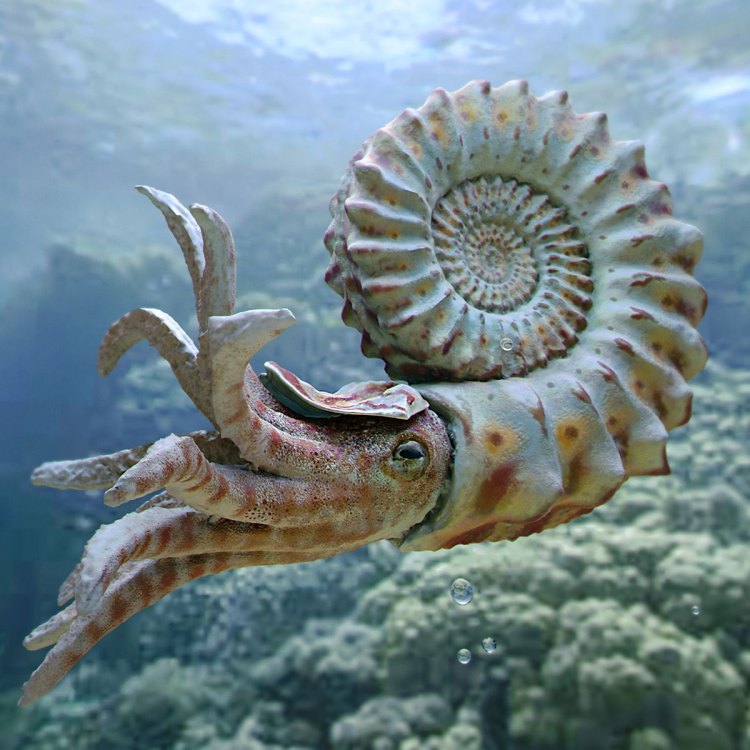
The Mystical Nautilus: A Closer Look at the Ocean’s Ancient Amazement
Disclaimer: The content provided is for informational purposes only. We cannot guarantee the accuracy of the information on this page 100%. All information provided here may change without prior notice.




